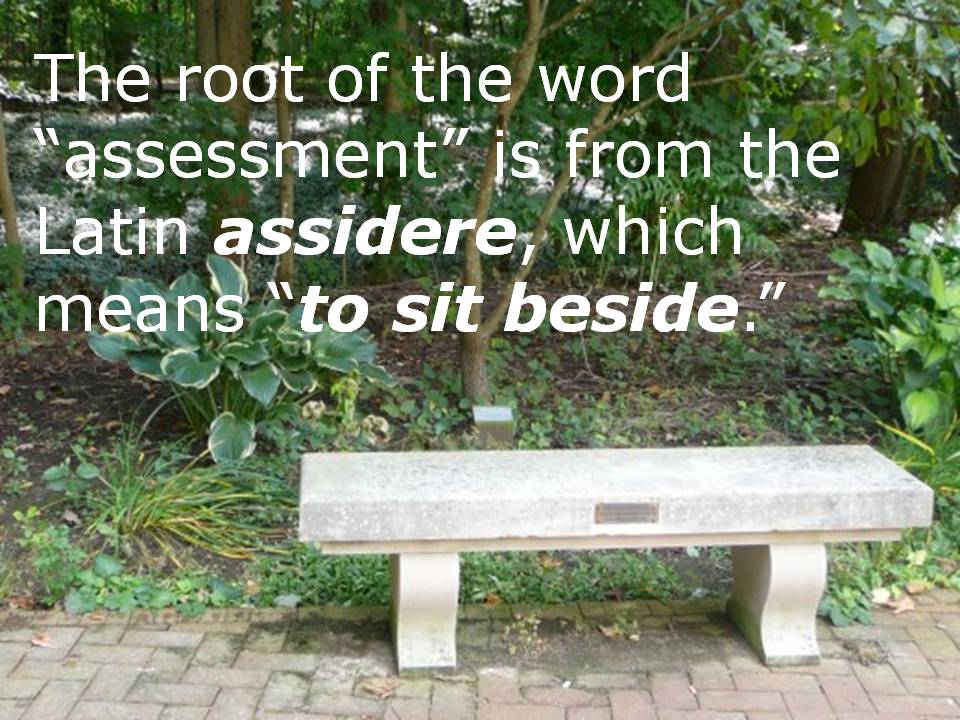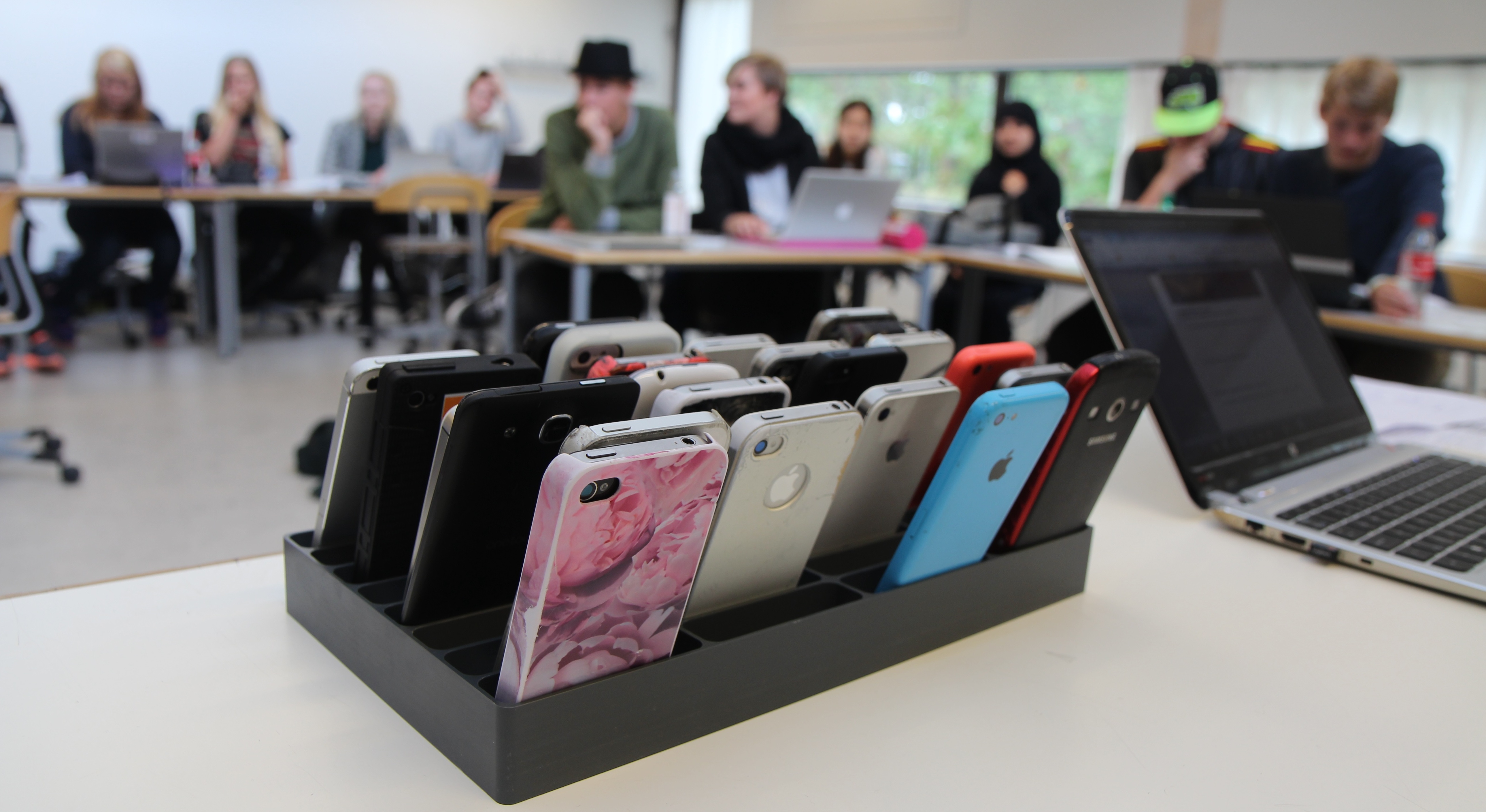 iPads in education is not a unique topic by any means. Many have written about these wonder devices that will change the educational landscape forever. In theory I agree wholeheartedly that iPads in the classroom can become a powerful learning enhancer and promoter of student engagement. The practical integration of these devices in a classroom is another story entirely. Having had experience with both laptops and iPads in my classroom I quickly realized what the potential advantages and disadvantages are for both devices. My focus here is on the iPad but a future post will look at laptops in the same critical light. Here are my impressions of iPads in education:
iPads in education is not a unique topic by any means. Many have written about these wonder devices that will change the educational landscape forever. In theory I agree wholeheartedly that iPads in the classroom can become a powerful learning enhancer and promoter of student engagement. The practical integration of these devices in a classroom is another story entirely. Having had experience with both laptops and iPads in my classroom I quickly realized what the potential advantages and disadvantages are for both devices. My focus here is on the iPad but a future post will look at laptops in the same critical light. Here are my impressions of iPads in education:
The Good:
Technology in general, for many schools, is still a novelty so student engagement dramatically increases as a result. As I have stated in previous posts the more standard technology becomes in the classroom the less novel its use will be. It is for this reason that sound pedagogy has and always will be the key to student engagement. But on the novel side of things here are some definite advantages to using iPads:
1. Ease of use: The iPad is an intuitive device able to picked up and navigated by anyone. For the classroom teacher this means minimal time being spent training students on how to use the device and more time being spent on the curricular advantages of having the iPads. This also means that teachers can spend time focusing on a collection of apps they find useful and target instruction on the use of those apps and not the device as a whole.
2. No cords: Not being tied down to a desk or bench means free movement and increased collaboration. A static computer lab is the antithesis of collaboration and discussion whereas the iPad in a standard classroom can be an individual or multi-user device with ease.
3. Network speed: Having tried laptops and iPads on the same network backbone the iPads clocked in at a faster connectivity, hands down. Now this still might be painfully slow for dynamic instruction in the classroom, depending on your district network infrastructure, but it should be a more pleasant experience to a static desktop or laptop lab. The reason of course is the proprietary nature of the iPad and the integration of the O/S with the apps. Windows-based machines can come in so many different hardware and software configurations that seamless integration is much harder to achieve.
4. App Integration: The iPad allows for smooth integration between apps so creation of dynamic content becomes second-nature. The ability to record a video, import it into iMovie, create a soundtrack in Garageband and export it into a Keynote presentation is amazingly easy. The cutdown nature of these apps compared to the more robust desktop versions means the options are limited but the basics are easy to access.
5. Specific vs. General Apps: Many educators focus on looking for apps specific to their discipline but will sometimes ignore the power of using a generalized app. As a science teacher I have looked at many of the specific science apps and some are good but most are mediocre. I then turned to using apps like Dragon Dictation, iMovie, Toontastic, Keynote as a few examples. These apps are not subject specific and depending on how you have embedded them into your lesson can be equally if not more powerful than a subject specific app.
6. Simple or Complex: Depending on your level of comfort the iPad can be used as a simple web-surfing device or a machine able to create rich, unique content. This makes the iPad a wonderful entry-level to high-end user device.
The Bad:
It can’t be all sunshine and roses. Here are some of the drawbacks to iPads in the classroom:
1. Proprietary: The seamless integration of apps on the iPad also means that getting content out of the iPad is really, really tricky. There are ways to transfer content from the iPad to another computer but it takes a certain level of technical expertise and, more often than not, an iTunes account which then must be shared amongst multiple devices.
2. Single-User: The iPad was made to be a single-user device. The very nature of the device is a personal tablet customized to meet the needs of a single-user. This makes sharing a class set of iPads amongst an entire school cumbersome. The difficulty becomes in partitioning content so it can’t be altered by other users. A simple example are photos taken on the iPad. There is currently no way to secure a bank of photos so only a single-user can access or delete them. This means a student in another class can both access, use or alter your photos without difficulty. There are ways around this, exporting to iPhoto being the ideal one, but this is not always a practical solution for a busy classroom with 30+ students.
3. Poor network infrastructure: Now this is not a fault of the iPad but rather a tragic reality for many schools. A slow data pipeline into schools, coupled with the addition of new devices accessing an aging network means painfully slow login times and network speed. The iPad can only do so much until it gets jammed on the same information highway as every other machine in the building. Districts need to ensure the backbone of the network is sufficient enough to accommodate iPads, smartphones, laptops and other wireless devices logging in at peak times during the day.
4. Handing in Assignments: So a student has created a beautiful keynote presentation on Charles Darwin and wants to hand it in before the end of class… they run out of time and can’t hand it in to you until next class. They come back and realize it is deleted. Locking down content is difficult, if not currently impossible, to do on the iPad. This means handing in assignments must be done immediately for fear of something terrible, like the scenario above, taking place. All teachers must ensure they have an iTunes and e-mail ready to go for students to submit content. Students will need to set up an e-mail account on the iPad before trying to e-mail content out to you. The trick is making sure students delete their e-mail information before leaving the device otherwise their e-mail is now open for others to access. This goes back to the single-user nature of the device. If you are just using the iPads for the first time in your class and don’t realize this right away you may have quite a headache when students want to submit assignments at the end of class.
5. Security: This is true for any piece of equipment but making sure all devices are back and in working order before the end of class is a necessary evil. One solution is to assign a specific iPad to each student, like a textbook, so you have a list to refer to should something go wrong. Another helpful tip is to assign the job of collecting and sorting the iPads to one student in each class so you have another set of eyes to help you.
The Ugly:
1. Meaningful Integration: This is not really an ugly but as you use the iPads more and more in the classroom you will need to make the experience more and more meaningful. There are only so many keynote or iMovie projects you can assign. The ugly part becomes the time required to meaningfully reflect upon your practice and decide how iPads, or tech in general, can complement your teaching style. This is ugly because it is not easy to critically look at yourself and it is even harder to do when someone else is doing the looking. This is why provincial, district or school initiatives that call for the use of technology under the guise of some new groundbreaking educational reform will always fall on deaf ears. The critical analysis has to be on an individual basis and has to come from a genuine desire to see how technology can be used to complement sound pedagogy.
I welcome your comments and feedback on this post. If anyone has solutions for the problems posed in this post I welcome your willingness to share them.




 Try going anywhere urban and see if you can find someone without a smartphone or connected device of some kind. Virtually impossible in today’s wired(less) world. This holds true for schools as well. Both staff and student alike connected 24/7. This holds both potential and pitfalls for our education system.
Try going anywhere urban and see if you can find someone without a smartphone or connected device of some kind. Virtually impossible in today’s wired(less) world. This holds true for schools as well. Both staff and student alike connected 24/7. This holds both potential and pitfalls for our education system.

